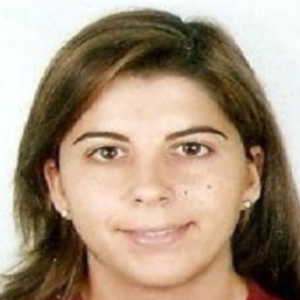Title : Infrared spectroscopy for ranking zeolite acidity: The VTIR method
Abstract:
Bronsted-acid zeolites, which contain the structural unit [Si(OH)Al], are currently used as catalysts in a wide range of technological processes, spanning from the petrochemical industry to biomass upgrade and the production of fine chemicals, to name only a few examples. For many of the chemical processes involved in those applications appropriate acid strength is a key factor determining catalytic performance, and hence the convenience to have a reliable method for evaluating relative Bronsted acidity. On account of its easy implementation, IR spectroscopy (at a fixed low temperature) of an adsorbed weak base, which interacts with the zeolite OH groups by hydrogen bonding, is a very frequently used instrumental technique to rank zeolite acidity, and carbon monoxide is the probe molecule of choice. The H-bonded species ZO-H•••CO (where Z stands for the zeolite framework) can easily be monitored by IR spectroscopy, as hydrogen bonding brings about a characteristic red shift, ΔνOH, of the O-H stretching frequency. The magnitude of such a shift is frequently used to rank Brønsted acidity of protonic zeolites. Nonetheless, the enthalpy change ΔH0 involved in the hydrogen-bonding interaction should be a more reliable indicator. In fact ΔνOH and ΔH0 are often found to correlate among themselves; but that is not always the case. We report herein on the application of variable-temperature IR (VTIR) spectroscopy to determine, simultaneously, ΔνOH and ΔH0; and revise recent experimental results showing how the usual practice of ranking Brønsted acid strength of zeolites by the corresponding O-H frequency shift probed by an adsorbed weak base can sometimes be misleading.



